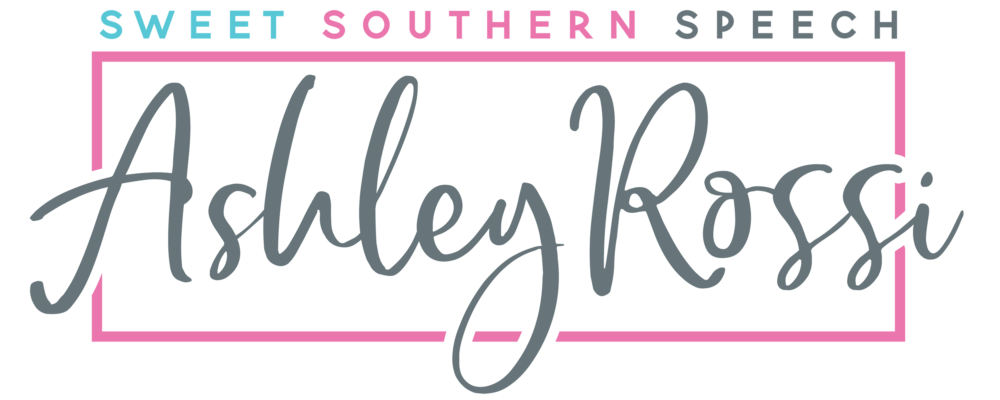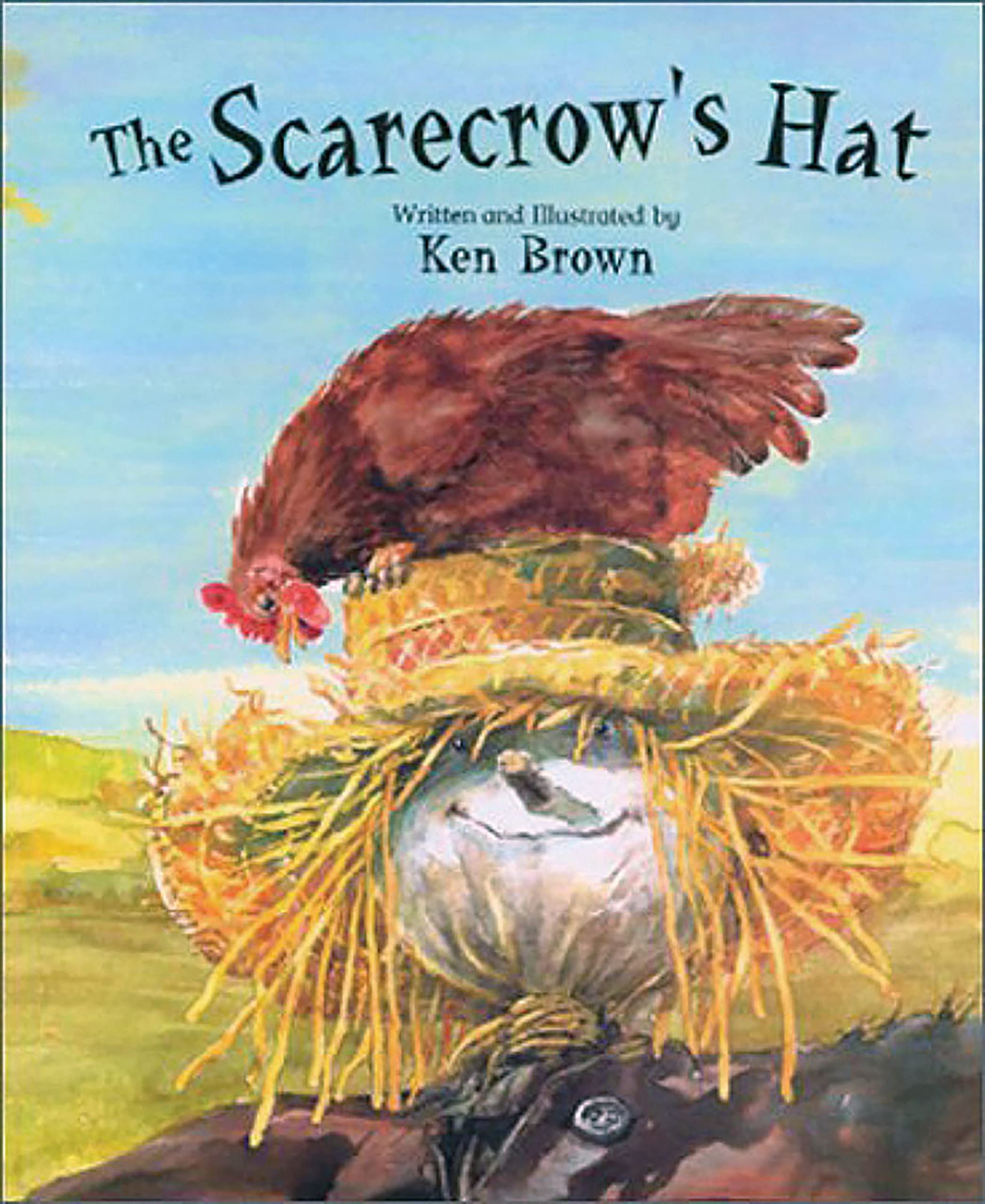Chicken really admires Scarecrow’s straw hat. Scarecrow would gladly trade his hat for a walking stick to rest his tired arms. Chicken doesn’t have a walking stick to trade—but she knows someone who does. Author-illustrator Ken Brown pairs vivid, realistic watercolors with an inventive plot, engaging sequencing, and repetition to tell a charming circular story packed with relatable themes of friendship, bartering, and problem-solving. This award-winning title is an ideal story time choice for autumn and harvest themes.
This fun fall book can be used in speech therapy to address predicting. It is also great for describing and for targeting complex sentence structure and conjunctions as well as for /th/, /s/, /ch/, /k/ and /sh/ sounds! Discover more of the speech and language teaching concepts for using The Scarecrow’s Hat in speech therapy below:



